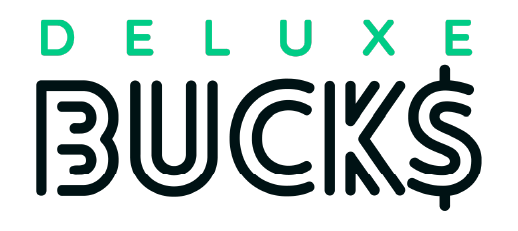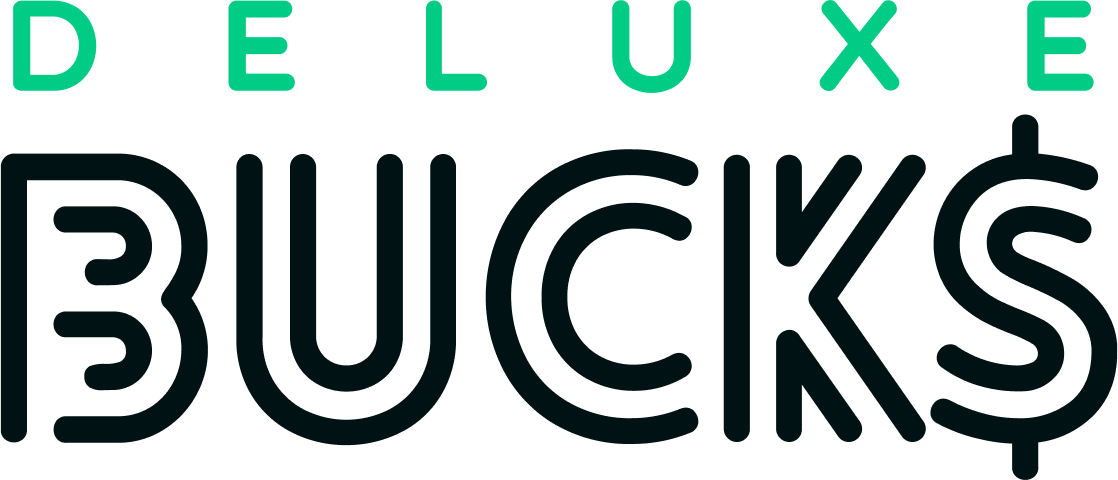Understanding SNAP Benefits: How Food Stamps and the Supplemental Nutrition Assistance Program Support
Did you know nearly 40 million Americans use the Supplemental Nutrition Assistance Program (SNAP) each year? It’s a key effort by the government to help low-income families afford nutritious food. This support is vital for maintaining their health and well-being.
SNAP benefits have changed a lot since they started in 1965. Originally, it helped 500,000 people. By 1974, it aided 15 million. Besides fighting hunger, SNAP boosts the American agriculture by buying surplus crops. This helps both the farmers and families in need.
We’ll explore the journey of food stamps and SNAP, including who can get benefits and how to apply. Understanding SNAP helps families manage their food budgets better. This ensures they get healthy food necessary for a good life.
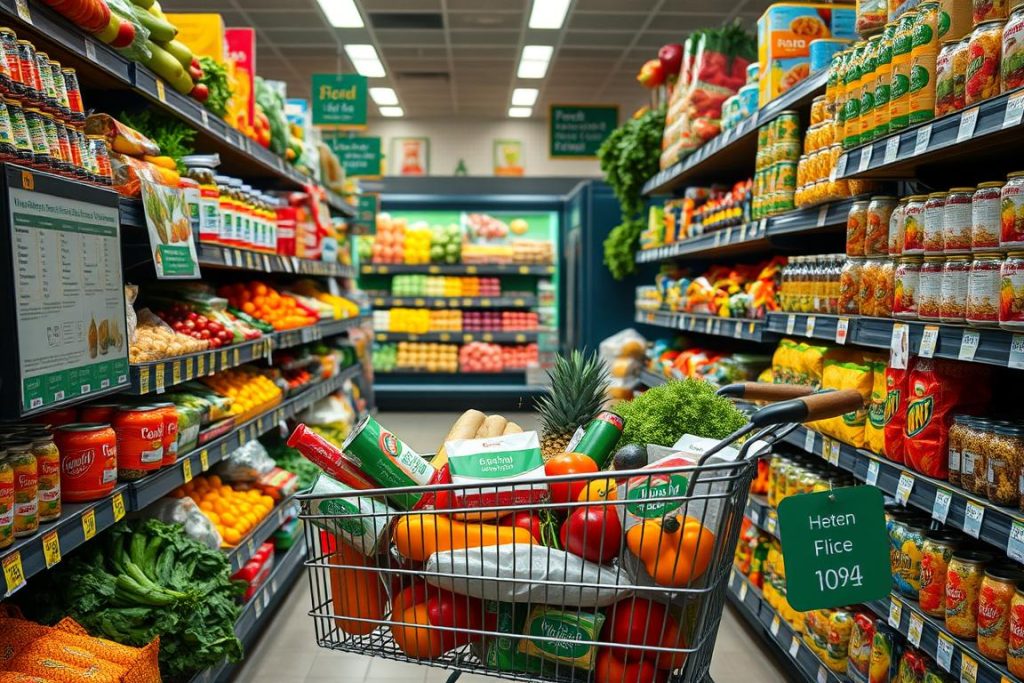
Key Takeaways
- The initial Food Stamp Program in 1965 served 500,000 participants, growing to 15 million by 1974.
- As of October 1, 2023, the maximum benefit ranges from $291 for one person to $1,751 for a family of eight. Each additional person adds $219.
- In 2014, the USDA awarded $31.5 million to help SNAP participants.
- You can apply for SNAP online, by phone, in person, or by mail.
- SNAP benefits use EBT cards. They work like debit cards but only for buying food at stores and supermarkets.
History and Evolution of Food Stamps and SNAP
The Food Stamp Act of 1964 was a big step in fighting hunger in America. It was part of President Lyndon Johnson’s Great Society vision. The act used extra farm goods to help feed low-income people and support farmers. By January 1964, pilot food stamp programs had grown to 43 areas in 22 states. They had 380,000 people signed up. At its highest, about 20 million people in many U.S. counties were getting help from the Food Stamp Program (FSP).
The Food Stamp Act of 1964
The Food Stamp Act of 1964 aimed to improve nutrition for low-income families and help farmers. It started with a budget of $75 million. By the third year, the budget increased to $200 million. By 1970, 4 million people were part of the program. By 1974, that number jumped to 15 million. This showed how important the program had become for many people.
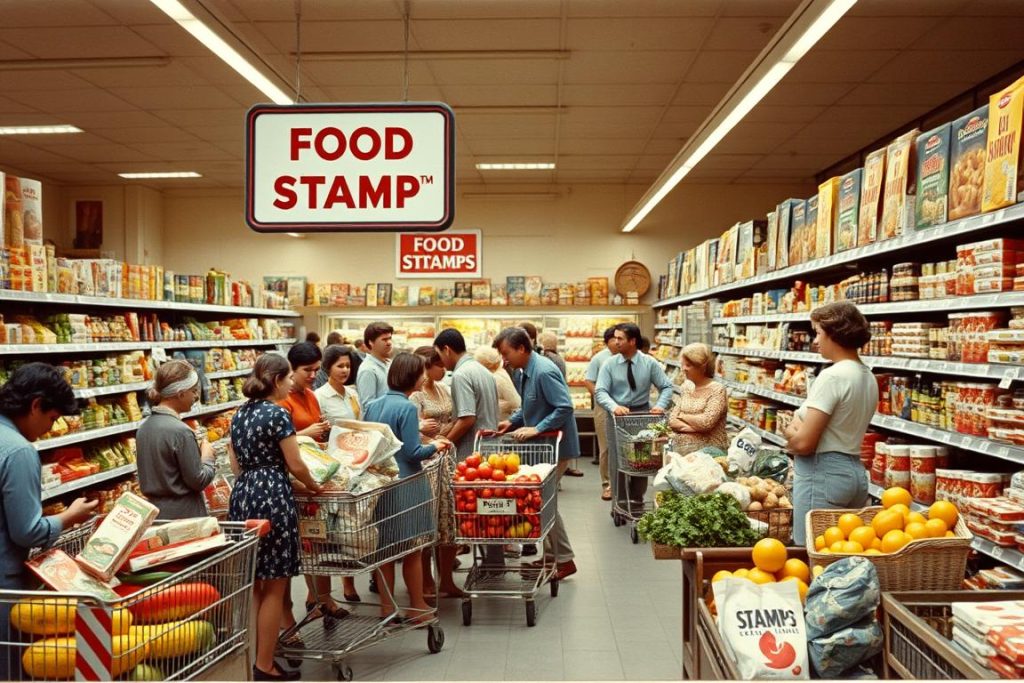
Major Revisions Under President Jimmy Carter
President Jimmy Carter made big changes to the Food Stamps Program. In 1979, the program stopped requiring stamps to be bought, making it easier for people to get help. Before this, in 1971, a national standard for who could get help was set. Carter’s changes also made it so drug addicts and alcoholics in treatment could get food stamps. By 1976, 18.5 million people were using the Food Stamps Program.
The Transition to EBT Cards
The move to Electronic Benefits Transfer (EBT) cards was a big update made during George W. Bush’s time as president. EBT cards took the place of paper stamps. They made the program easier to use and reduced cheating. By 2011, the Supplemental Nutrition Assistance Program (SNAP) was helping over 46 million Americans. It was spending more than $75 billion. EBT cards made things run more smoothly and got help to people faster.
| Year | Key Milestones | Impact |
|---|---|---|
| 1964 | Food Stamp Act Enacted | Initial Budget: $75 million; Expanded to 22 states |
| 1971 | National Standards Introduced | Unified eligibility and work registration |
| 1976 | Record High Participation | 18.5 million participants |
| 1979 | Revisions Under Carter | Abolition of the purchase requirement |
| 2011 | EBT Transition | 46 million participants; $75 billion spent |
Eligibility Requirements for SNAP (Supplemental Nutrition Assistance Program)
Knowing who can get SNAP benefits is important. The rules include income limits, citizenship, and if someone can work. They make sure the program helps those who really need it.
Income and Resource Limits
To get SNAP, families must earn below specific amounts. They must also not have too much in savings or property. Starting October 1, 2023, a single person can’t earn more than $2,796 a month to be considered under Broad-Based Categorical Eligibility. More info is on the official website. Some costs like childcare or medical bills can help qualify.
Citizenship and Residency Requirements
American citizens and some non-citizens can get SNAP. People who aren’t legally in the U.S., tourists, and others on temporary visas can’t. This is to make sure those who really need help get it, following the law.
Work and Student Eligibility Rules
Adults who can work need to do so to receive SNAP. There are special rules for students without kids or jobs. COVID-19 changed rules temporarily, letting more students get SNAP. But these changes started ending in June 2023. Some students might still be eligible, especially if they’re in job training or have little kids.
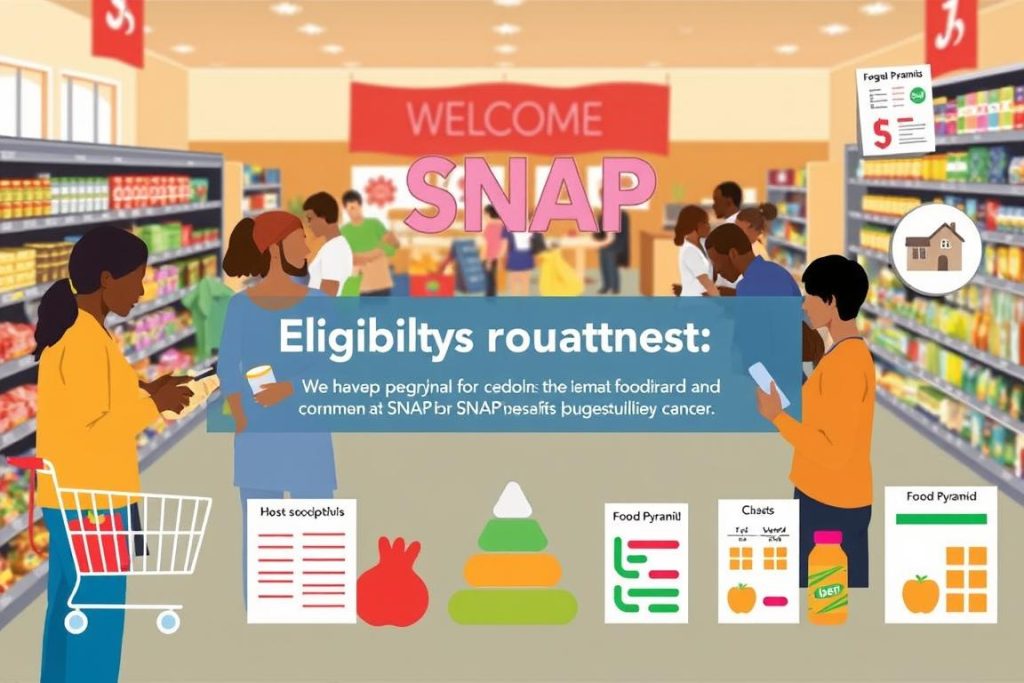
Special Eligibility Situations
There’s extra help for homes with older or disabled members. SNAP understands these families face more challenges. It tries to include everyone in need, making the program more accessible.
How to Apply for SNAP Benefits
Learning how to apply for SNAP benefits is important for those needing help with food. The SNAP application process includes understanding what documents you need and how long it takes to get help. We will guide you through each step.
Where to Get an Application
You can get a SNAP application in a few places. You can find them at local SNAP offices, online on your state’s website, or through certain organizations that have SNAP information.
Steps in the Application Process
The SNAP application process has several steps:
- Fill out the application with your personal and financial info.
- Go to an interview to check the information you gave.
- Bring extra documents if asked, like Social Security numbers and pay stubs.
- For more details, check the official website.
Required Documentation
It’s key to have all your documents ready for a smooth SNAP application. You’ll generally need:
- ID proof (like a driver’s license)
- Date of birth proof
- Social Security numbers for everyone in your home
- Proof of U.S. citizenship or legal residency
- Documents to show how much money you make, like pay stubs or tax forms
Timeline for Receiving Benefits
How soon you get SNAP benefits depends on your situation:
- Normally, SNAP benefits are approved and given within 30 days of your application.
- People in urgent need can get benefits faster, within 7 days.
The SNAP program gives benefits through the EBT system. Once approved, you get an EBT card and PIN. With this card, you can buy food at stores that accept it.
| Family Size | Monthly Gross Income (No Earned Income) | Monthly Gross Income (With Earned Income) | Monthly Gross Income (Elderly/Disabled Member) |
|---|---|---|---|
| 2 | N/A | $2,465 | N/A |
| 4 | $3,250 | N/A | $5,000 |
Understanding how to apply for SNAP and following the steps can help avoid issues. It makes getting SNAP benefits easier.
Conclusion
The Supplemental Nutrition Assistance Program (SNAP) plays a crucial role for over 46 million Americans each year. It helps low-income families buy healthy food, improving their health. Despite issues like price changes and access to food, SNAP adapts to meet people’s needs well.
Snap has seen many changes to stay helpful and easy to use. The switch to EBT cards, updates based on the Thrifty Food Plan, and the 2018 Farm Bill’s benefit increase are key improvements. These changes help keep SNAP benefits valuable, helping families afford the food they need.
The COVID-19 pandemic has shown us the importance of SNAP being able to adjust quickly. Emergency help, the Online Purchasing Pilot, and USDA waivers strengthened the program’s response to food insecurity. By always improving, SNAP provides crucial support for healthier communities and a stronger country. It’s vital in helping low-income families secure food and stay healthy.
